Please come in for details control! Unlock the costume password of the movie "Chang ‘an Three Wan Li"
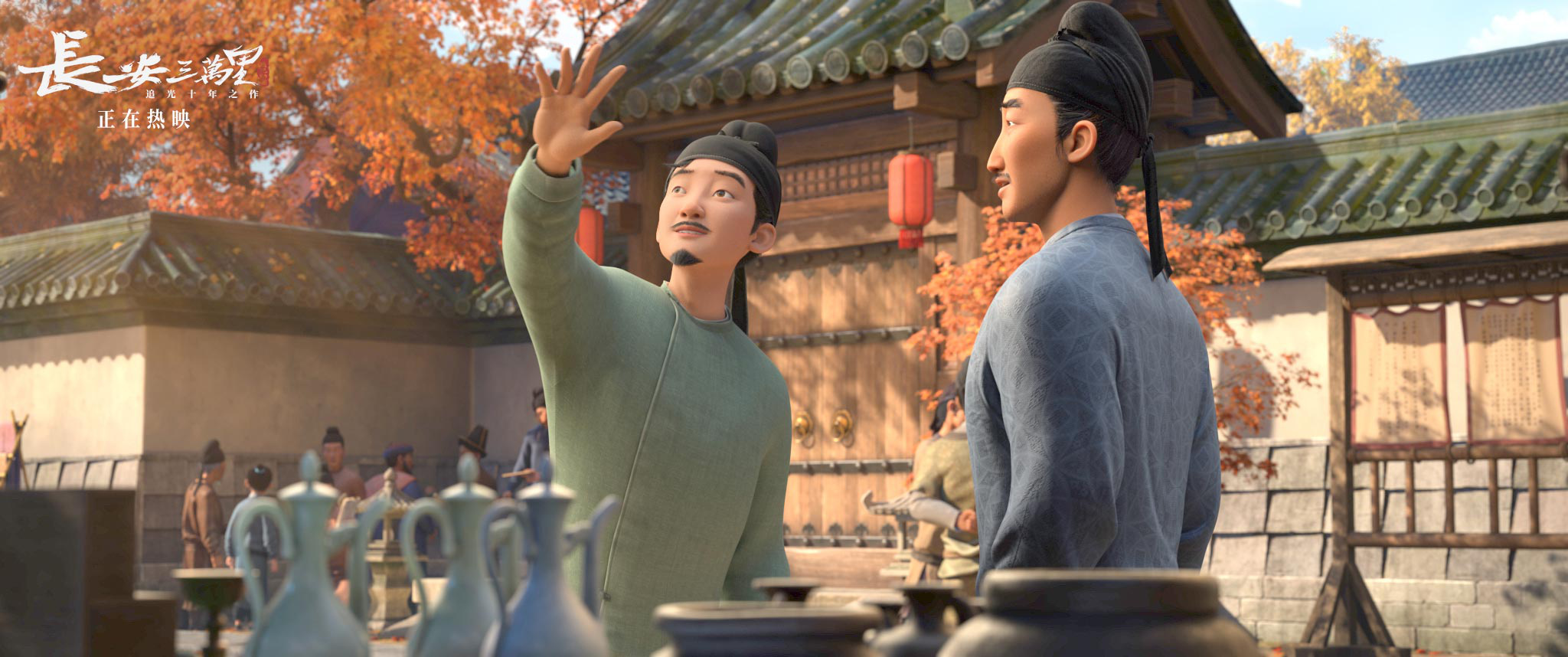
A national wind animation, showing the brilliance of Datang. Recently, the release of "Three Wan Li in Chang ‘an" triggered a heated discussion among netizens. The film shows the charm of oriental aesthetics and takes the audience through the Millennium to feel the splendid Tang Dynasty. In addition to the tang style Tang rhyme overflowing from the poems, the patterns of the characters’ costumes in the movies are exquisite, which shows the beauty of lines in the long river of Chinese history.
Patterns, in short, are patterns. The ancients used natural scenery as the source of inspiration, and through realistic, freehand brushwork, deformation and other expressions, they formed the exquisite beauty of China’s traditional costumes, appliances and architecture.
China’s traditional patterns have been inherited in an orderly way since ancient times, and have been extended since the Neolithic period. Whether it is jade, lacquerware, clothing or architecture, they are all engraved with the beauty of traditional patterns. It can be said that patterns are the crystallization of ancestors’ wisdom and aesthetics, and they are also one of the passwords of culture and inheritance. Let’s follow the patterns in the film and appreciate this oriental romance that has been passed down for thousands of years.
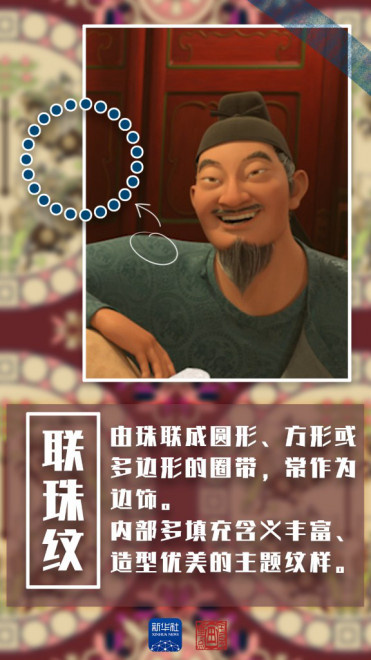
As early as in the Wei, Jin, Southern and Northern Dynasties, there were beaded patterns on murals. By the Sui and Tang Dynasties, Lian Zhu pattern had become a representative pattern and became the theme pattern on various utensils.
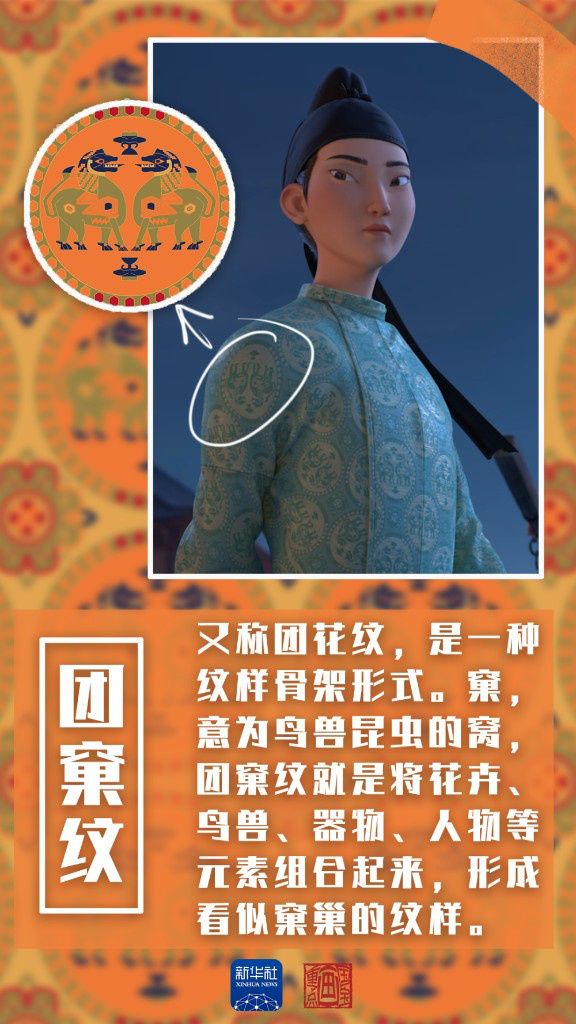
As a new product of silk weaving, the ball-shaped pattern first appeared in the fabrics of the Tang Dynasty. The ball-shaped pattern not only has a distinct overall effect, but also has rich local details, which is very beautiful.
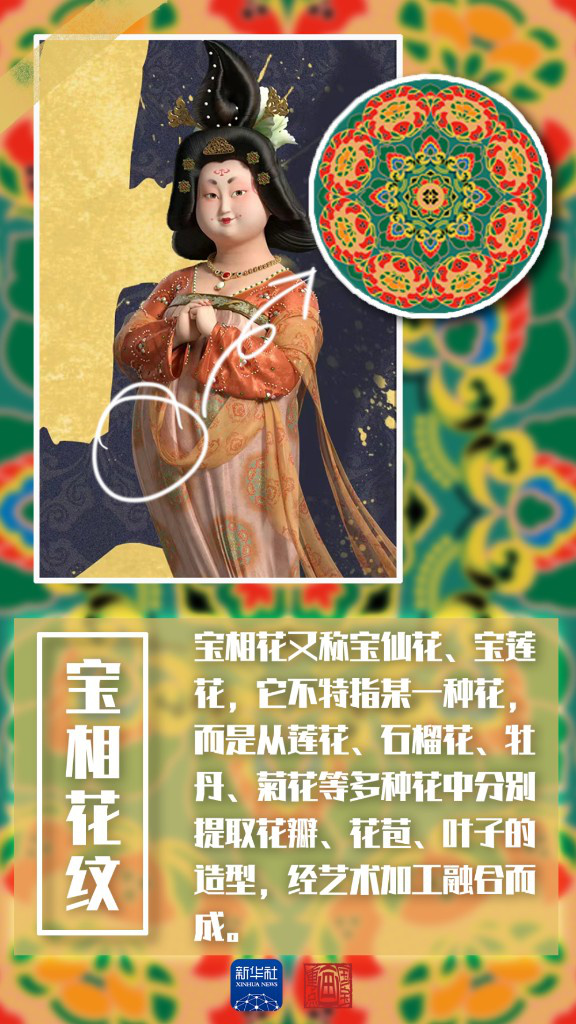
Treasure pattern is a traditional auspicious pattern in China, which has been endowed with auspicious and happy meanings. The patterns of treasure flowers in different periods are different. The patterns of treasure flowers in Sui and Tang Dynasties are more full, based on different natural flowers, with multi-layered petals, which have a graceful aesthetic feeling.
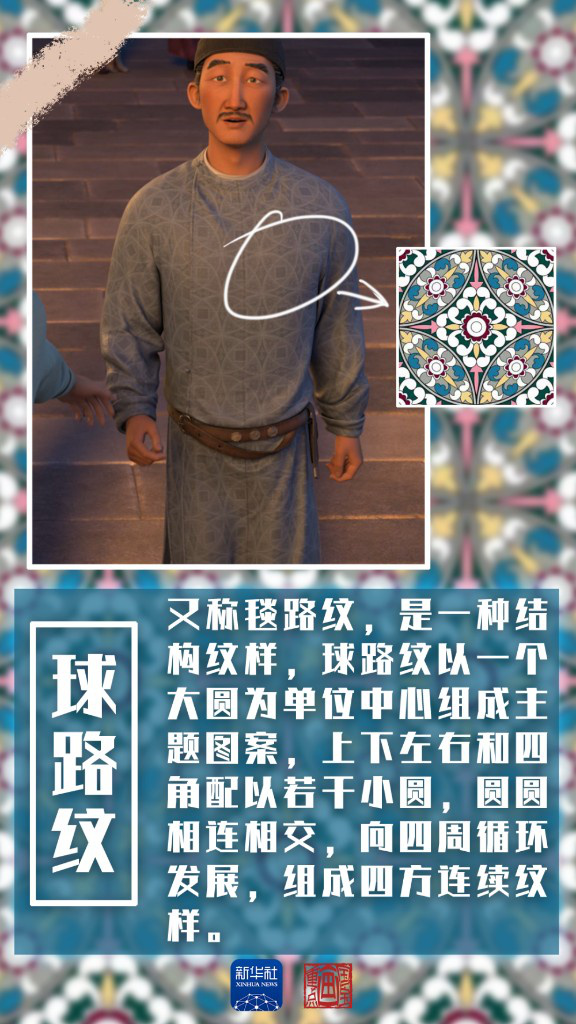
Ball road patterns usually appear in the form of skeleton, which can be filled with flower patterns, bird and beast patterns and geometric patterns, with rich layers and full pictures.
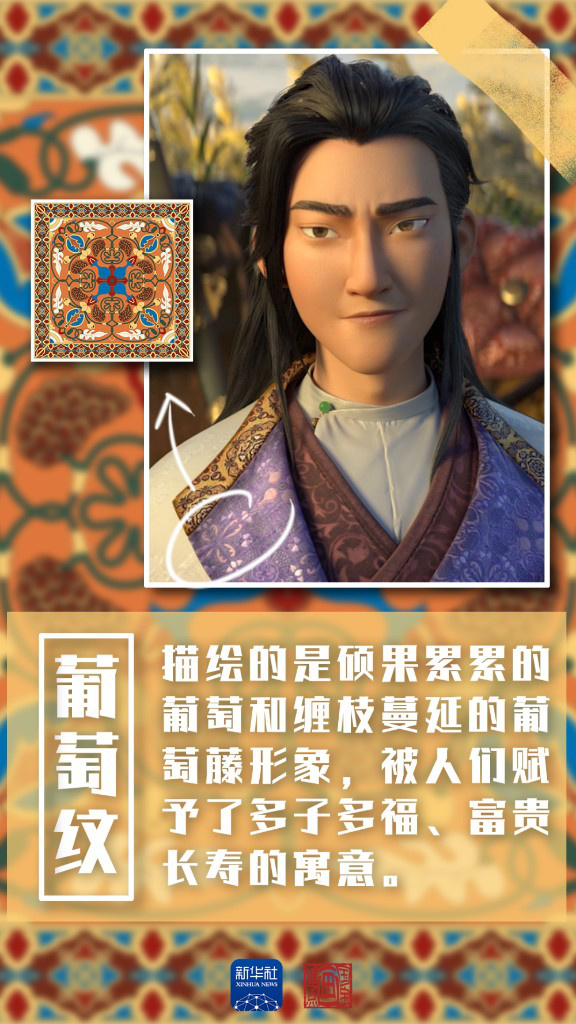
Grape grain can not only be used as the main pattern for decoration, but also as an auxiliary pattern combined with bird and beast patterns as the main body. Since the Han Dynasty, it was introduced to the Central Plains along the Silk Road, and was deeply loved by people, and developed into a traditional auspicious pattern in China.
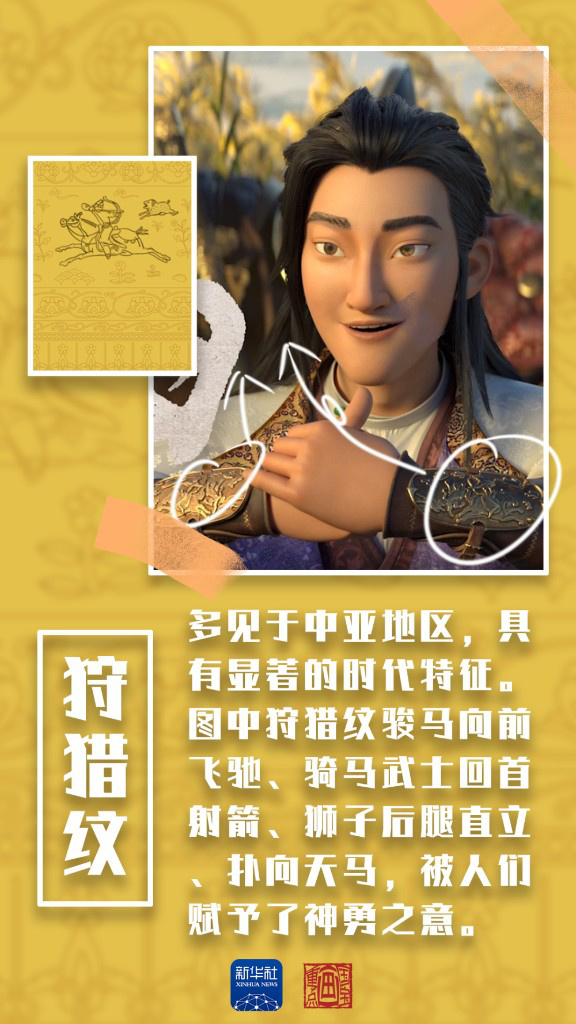
Hunting patterns in the prosperous Tang Dynasty were very complicated, which not only reflected the social activities and aesthetic interests at that time, but also was the product of foreign cultures.
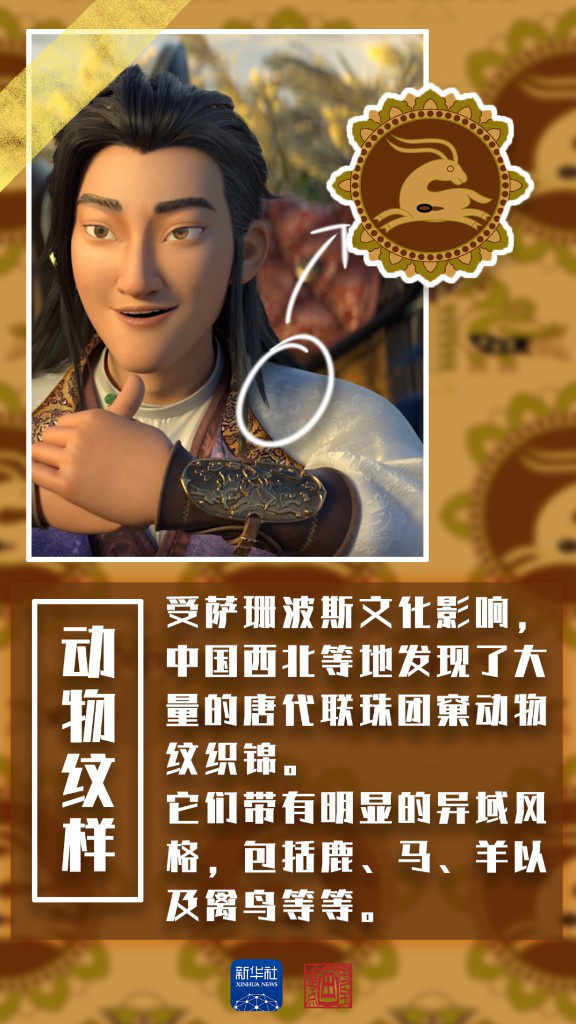
There was only one animal in the early Lianzhu Tuanjie, which was large and powerful. Since then, it has appeared in pairs, and its shape is more vivid and lovely.
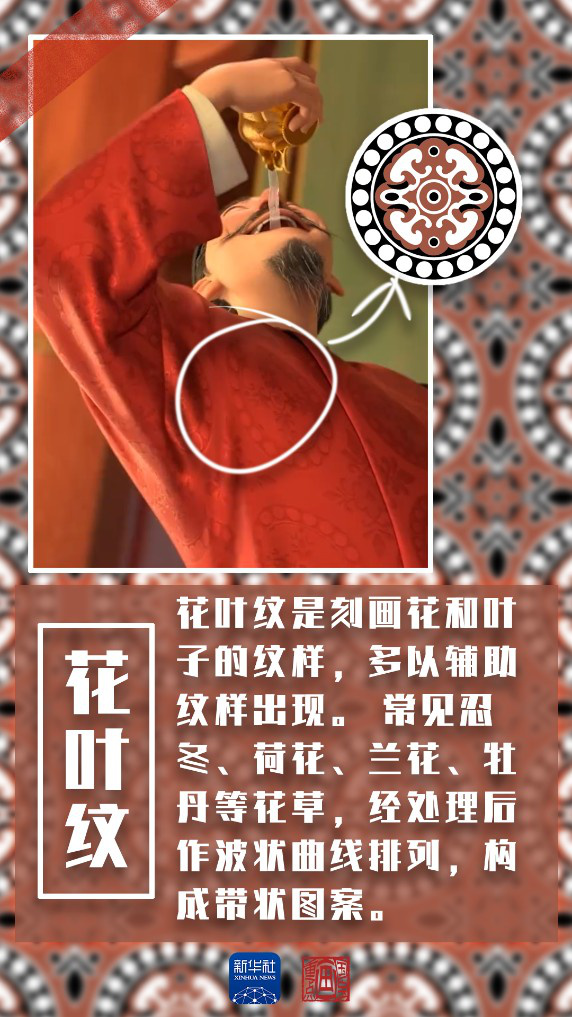
The shapes of flowers and plants are round and round, which shows the natural beauty of plants swaying in the wind and also expresses the praise for tenacious life. The mosaic pattern in the Tang Dynasty was widely popular, with plump branches and leaves, smooth overall structure, complexity, splendor and vitality, which reflected the rich and beautiful style of arts and crafts in the Tang Dynasty.
After years of baptism, China patterns have formed a unique artistic style. It is a witness to the long-standing culture of the Chinese nation, and its engraved aesthetic memory still shines through the long river of history.